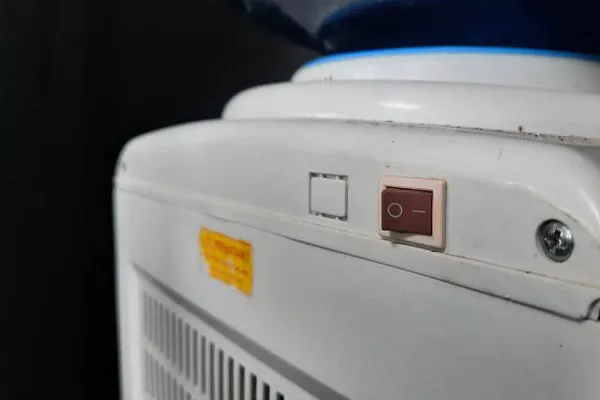In an era where dependency on electricity is paramount, power outages can disrupt daily life and pose significant challenges. Home generators have emerged as a reliable solution to mitigate the impact of these interruptions, providing homeowners with a steady and independent source of power. This article delves into the intricate workings of home generators, shedding light on the technology that empowers these essential devices.
Types of Home Generators
Home generators come in various types, each designed to cater to specific needs and circumstances. The most common types include portable generators, standby generators, and inverter generators.
Portable Generators: These generators are versatile and can be easily transported to different locations. They are typically fueled by gasoline or propane and are well-suited for powering small appliances and tools during power outages or outdoor activities.
Standby Generators: Stationary and permanently installed, standby generators are the go-to choice for homeowners seeking a seamless backup power solution. These generators are typically connected to the home’s electrical system and automatically kick in when the main power supply fails. They are fueled by natural gas or propane.
Inverter Generators: Known for their fuel efficiency and quiet operation, inverter generators produce high-quality electrical output. They are equipped with advanced electronics that convert the generated power into a stable and clean AC output, making them suitable for sensitive electronic devices.
Power Generation Basics
At the core of a home generator lies the process of converting mechanical energy into electrical energy. The primary components involved in power generation are the engine, alternator, and fuel system.
Engine: The engine serves as the powerhouse of the generator, converting fuel into mechanical energy through combustion. Most home generators are equipped with internal combustion engines running on gasoline, propane, or natural gas.
Alternator: Also known as the generator head, the alternator is responsible for converting the mechanical energy produced by the engine into electrical energy. It consists of a rotor and a stator. The rotor, attached to the engine shaft, rotates within the stator, inducing a flow of electricity.
Fuel System: Home generators are typically fueled by gasoline, propane, or natural gas. The fuel system ensures a steady and controlled supply of fuel to the engine, allowing it to maintain a consistent speed for optimal power generation.
Automatic Transfer Switch (ATS)
For standby generators, an essential component is the Automatic Transfer Switch (ATS). This device monitors the incoming voltage from the main power grid. When a power outage is detected, the ATS swiftly transfers the electrical load from the grid to the generator. Once the grid power is restored, the ATS seamlessly switches the load back, ensuring a continuous and uninterrupted power supply to the home.
Voltage Regulation
Maintaining a stable voltage output is crucial for the proper functioning of electrical devices connected to the generator. Home generators are equipped with voltage regulation systems that control the output voltage within a specified range. This ensures that sensitive electronics receive a consistent and safe power supply, preventing damage due to fluctuations.
Parallel Operation
Some generators are designed to operate in parallel, allowing two or more units to work together to meet higher power demands. This is particularly useful when additional power is required for larger homes or specific appliances. Parallel operation involves synchronizing the output of multiple generators to ensure they work seamlessly together, providing a scalable and efficient power solution.
SEE ALSO A Comprehensive Guide on How to Properly Ground a Generator
Maintenance and Safety Features
To ensure the longevity and reliability of home generators, manufacturers integrate various maintenance and safety features. Regular maintenance, such as oil and filter changes, is essential to keep the engine in peak condition. Additionally, safety features like automatic shutdown in the event of low oil levels or overloading protect the generator and connected devices.
Conclusion
In conclusion, home generators play a vital role in safeguarding households against the disruptions caused by power outages. Understanding the intricate workings of these devices provides homeowners with the knowledge needed to make informed decisions about their selection, installation, and maintenance. As technology continues to advance, home generators are becoming more efficient, reliable, and user-friendly, offering peace of mind in the face of uncertain power supply scenarios. Whether it’s a portable generator for occasional use or a standby generator for continuous backup power, the diverse range of options empowers homeowners to tailor their choices to their specific needs and circumstances.

